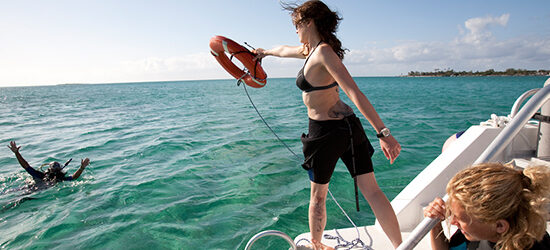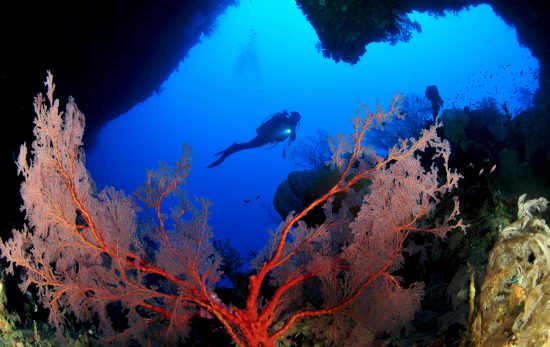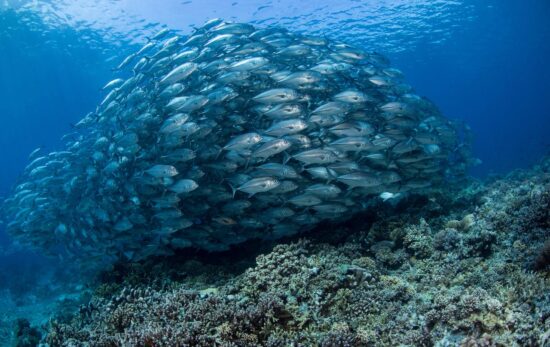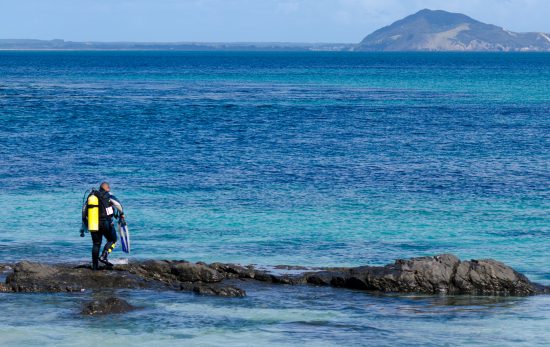Are you planning to travel this year and wondering what time of year is best to scuba dive, and where to go? Or what you’d like to see? Some destinations offer year-round diving, while other regions offer better diving or specific marine life sightings during certain months. To make sure you find yourself in the right place at the right time, we have put together an annual dive calendar of the best diving destinations by month.
Not sure what month is best for scuba diving? In this blog, you’ll find the highlights and hotspots worldwide for each month. Read on to find out the best diving destinations by month, to help you decide when and where you should take your next dive trip. The world, quite literally, is yours to explore!
Table of Contents
- Season Terminology: High Season vs. Low Season vs. Shoulder Season
- January
- February
- March
- April
- May
- June
- July
- August
- September
- October
- November
- December
- Discover the World’s Best Dive Destinations
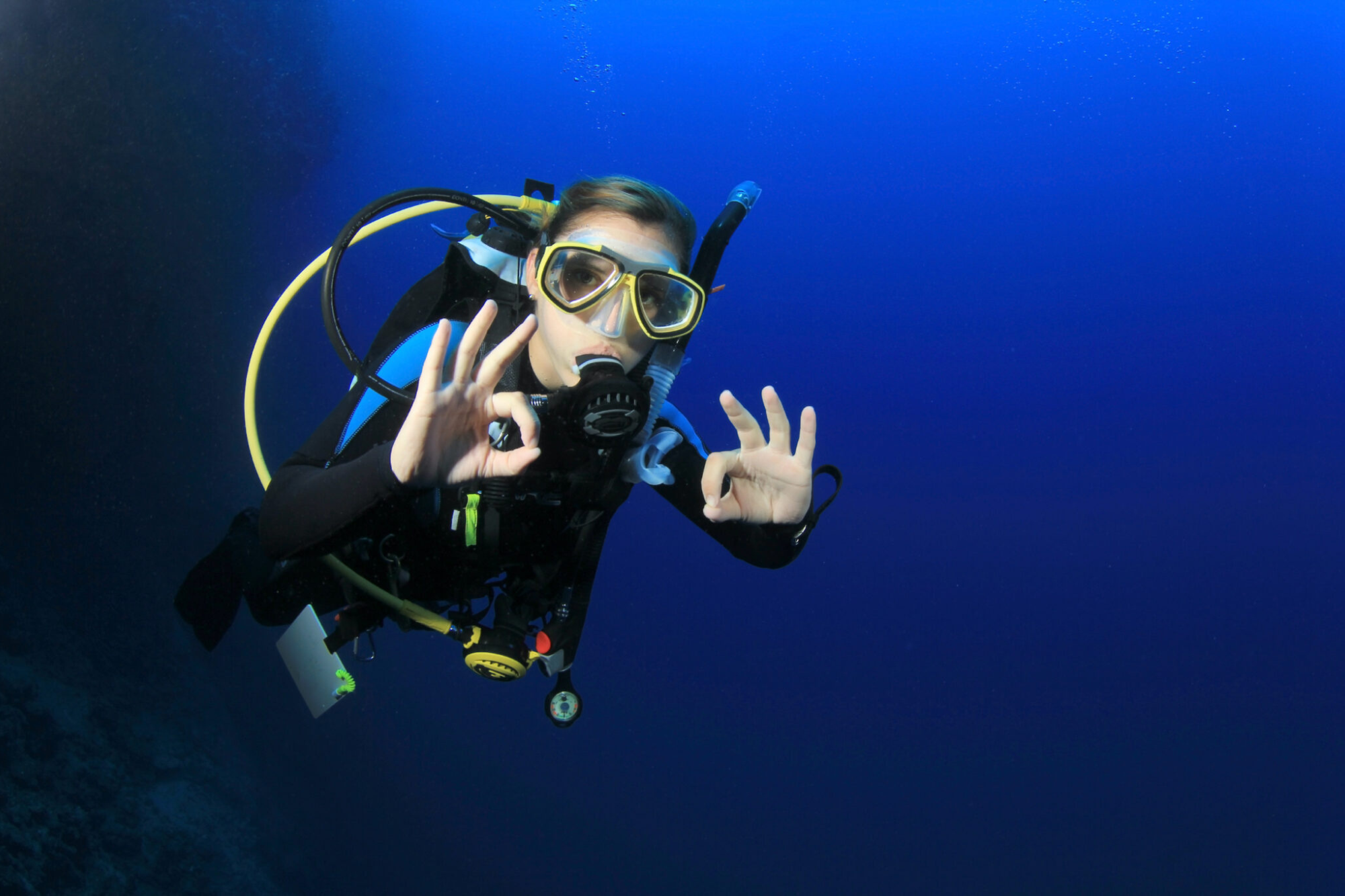
Season Terminology: High Season vs. Low Season vs. Shoulder Season
For those who are new to diving, and even those who are seasoned pros but traveling to a new area, understanding the ‘seasons’ and what the terminology means in a specific area can be challenging. So let’s start with a breakdown of terms that you may hear when making enquiries and reservations – what they each mean, and why.
What is High Season?
Most diving destinations around the world have at least one annual ‘high season’. The term high season simply means that this is the busiest time in that area. In some regions, there may be two separate high seasons or high periods in a year, but one will usually be busier than the other. So what causes certain months of the year to be busier than others AKA high season months? There can be multiple factors that affect how busy any given month is, and these may include:
Weather and Climate
Particularly in destinations that are close to the equator and experience a rainy season and a dry season, the dry season months often include the high season months, purely because when traveling to a tropical destination, people tend to prefer sunshine and blue skies over rain. For divers however, it is important to recognize that unless the dive sites experience runoff from the land or wind that creates waves, the diving conditions may be the same during the rainy season and dry seasons – and may be even better during the less popular rainy season!
If you plan to travel to a region during its high season, you should book in advance as these months sell out fast. Hotels and other accommodations become fully booked and last minute spaces on dive boats can be hard to find. Because demand is high, discounts, deals and special offers are rarely available during high season periods.
Marine Life
Diving destinations that experience annual sightings of a particular species of marine life may have a high season that is based around the seasonality of sightings of that specific species. For example, Bali in Indonesia is famous for being one of the few regions on the planet where divers can catch a glimpse of the giant (yet highly elusive) mola mola or oceanic sunfish. This jurassic looking fish makes appearances on Bali’s reefs from August through to October, months which form part of Bali’s high season. Divers flock to Bali’s island of Nusa Penida during this period hoping for a sighting as the mola make their way up the reefs to clean and rewarm.
Events, Festivals, and Celebrations
Although these land based events do not directly affect dive conditions or marine life sightings, there are many divers that like to combine diving with exploring the local area and the culture on land too. Local festivals may result in a peak as well as international celebrations such as Christmas, New Year, and Idul Fitri. Often these types of events will mark a second high season, usually lesser than the primary high season.
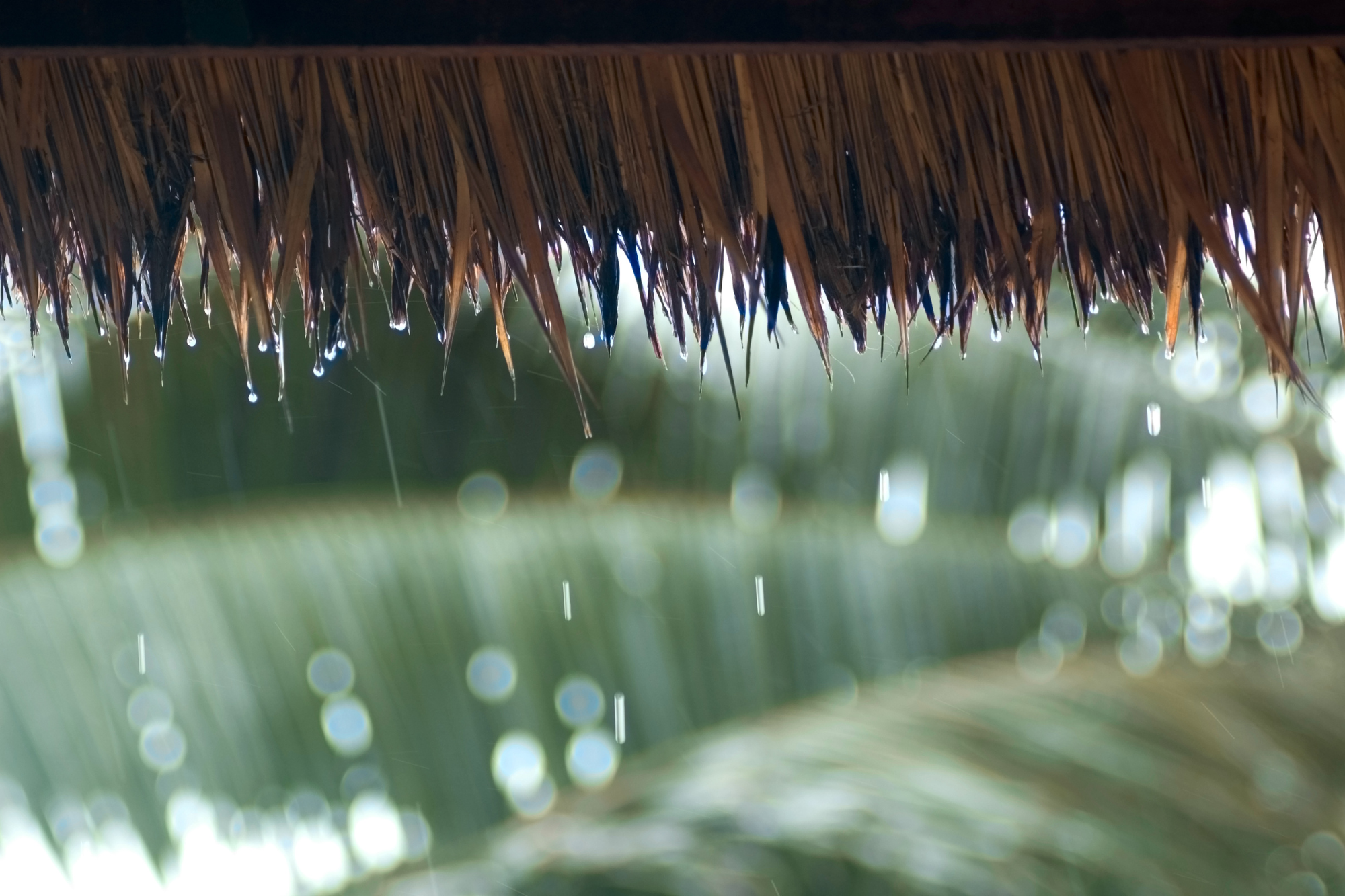
What Does Low Season Mean?
Where as the term high season denotes the busiest months of the year, conversely, low season indicates the quietest time of year. Again there are several factors that may contribute to this including the weather (it may be rainy season or when water temperatures are at their coolest), there may be an absence of specific marine life, or it may be the months just prior to an event or the beginning of high season and divers are waiting to travel.
Traveling during low season however does have several benefits. As mentioned previously, top side weather conditions do not always affect sea and diving conditions, there are often great deals to be had as operators try to fill accommodation and boat spaces, and there is more availability and therefore more choice about where to stay and who to dive with. You may find that flight prices are also lower during this period. Additionally, although advance booking is always recommended, unlike in high season, it may not be necessary during low season.
What Are Shoulder Seasons?
Shoulder seasons are the transitional periods between high season and low season. Shoulder season travel may bring with it the same positives as high season but may also present some of the attributes of low season. If weather is an important factor for you, then high season travel is probably a better option than a shoulder season. If you are hoping to spot a specific marine species, you may get lucky with an early or late season sighting – but there are certainly no guarantees.
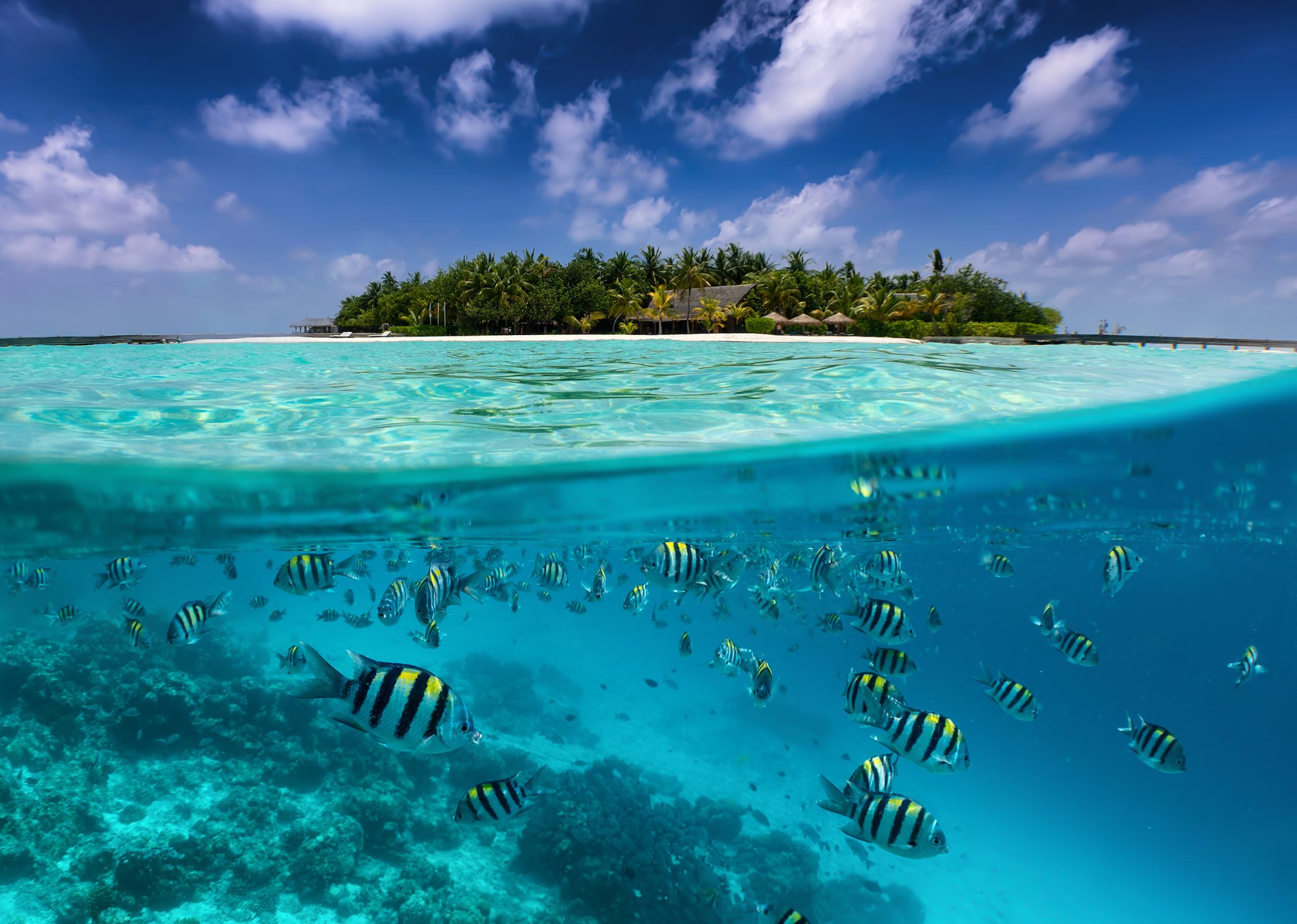
January
If you live in the Northern Hemisphere, January can be one of the worst months of the year, with chilly temperatures and long, dark days. With a good few months ahead until spring, a trip to one of the best winter diving destinations is a great way to break up the gloomy period with some tropical sunshine!
The Best Diving Destinations in January
If Asia is on your bucket list, then the pristine islands of the Maldives in the Indian Ocean and Palau offer great opportunities for pelagic encounters. In the Middle East, Djibouti is a nursery for juvenile whale sharks. If the Americas are more your preference, then locations such as Costa Rica, Cuba, the Cayman Islands, and the Caribbean experience some of their best weather during the first month. January also brings peak summertime in New Zealand and the chance to witness hunting orcas.
For snow lovers and those with a thirst for adventure, why not embrace the cold, get a dry suit on, and head for the spectacular land and seascapes of Antarctica or the Norwegian Fjords? This is a liveaboard adventure like no other!
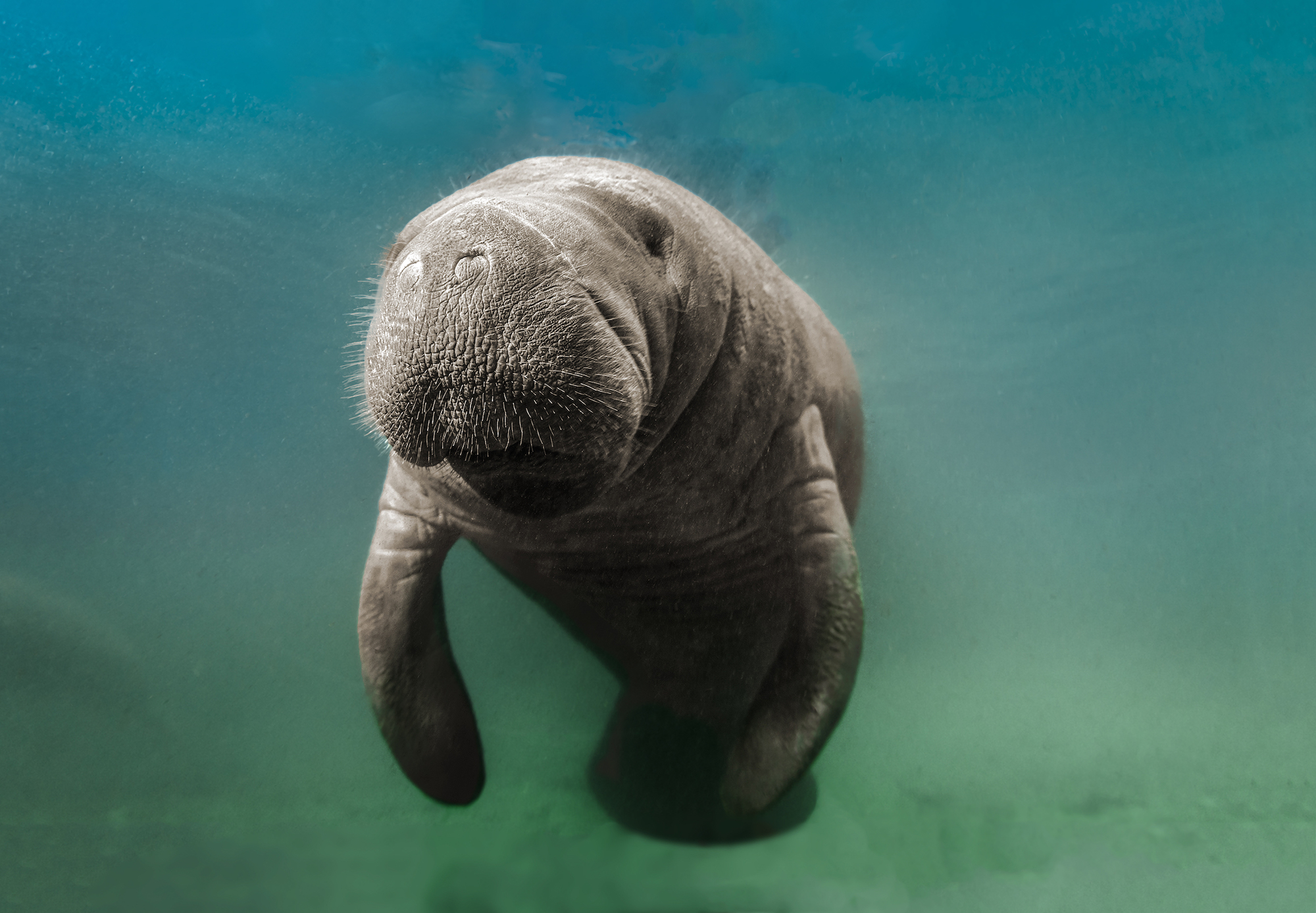
January’s Marine Life Highlight
During winter, hundreds of manatees migrate from the Gulf of Mexico to the warm springs of Crystal River, Florida. Head to Three Sisters Springs and Homosassa Springs to join the action. It’s also the only place in North America where it’s legal to swim with this protected sirenia species.
Recommended Course for January Diving
Because January is the coldest month of the year in many parts of the world, we recommend checking off your PADI® Dry Suit Diver certification in order to get the most out of these spectacular scuba destinations.

February
February can be a bit of a no-man’s-land on the calendar. The festive season seems like a million years ago, and summer seems to be equally far away in the future. So why not put February on your diving calendar and transform this dreary month into a month worth shouting about?
The Best Diving Destinations in February
When it comes to the best places to dive in February, this month is a prime time for several great marine life seasons around the world. Why get stuck in a rut at home when you could be diving with hundreds of hammerheads in the Bahamas and Malpelo? If Africa is a draw card for you, then February is when you have the best chances of whale shark encounters in Tanzania.
Favorable weather conditions make February a perfect month to meet the mantas of the Andaman Sea and Raja Ampat, or to explore the astounding eco-diversity of North Sulawesi. Meanwhile, if you want to experience something out of the ordinary, head to Iceland for the warmth of the hydrothermal vents.
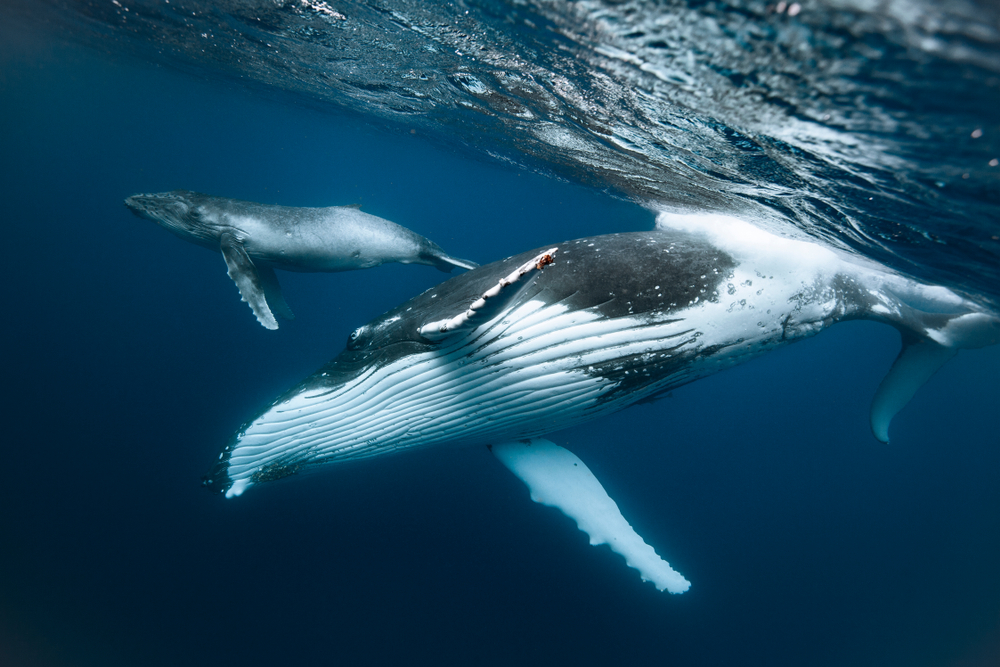
February’s Marine Life Highlight
Mexico’s Pacific Coast sees its peak whale-watching season during February. From the beach, tourist boats, or even underwater, you might just witness sperm whales, humpback whales, gray whales with their young, or even the elusive blue whale.
Recommended Course for February Diving
If you’re visiting any of the most popular scuba diving destinations during February, you’ll want to ensure you can safely dive to depths of 100 feet/30 meters. Enroll in and complete the online knowledge development of your PADI Advanced Open Water Diver course before departure, then complete the in-water training during your vacation.
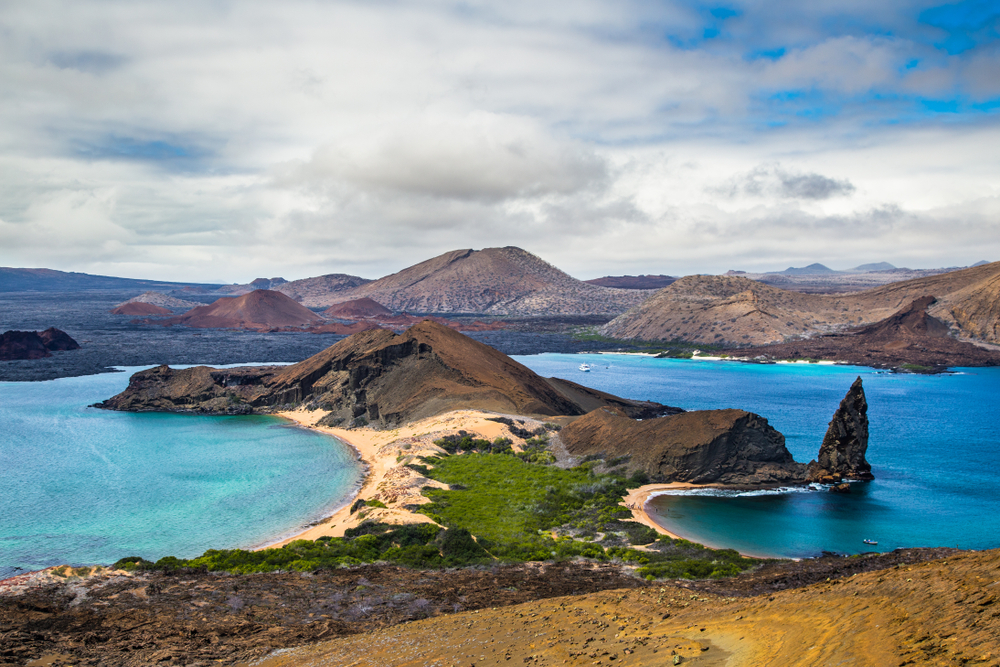
March
In many regions around the world, March marks the beginning of a shift in seasons, and it’s the same in our oceans. During March, many destinations experience a similar change in diving conditions.
The Best Diving Destinations in March
For those planning a trip to the best diving destinations in the Caribbean, there is still time as conditions remain calm for a few more months, but larger animals begin to migrate. To witness thousands of humpback whales in breeding season, visit the Dominican Republic, or encounter whale sharks in Honduras. Meanwhile, over 50 shark species (plus manatees and crocodiles) can be spotted in Cuba.
The Galapagos Islands experience impressive marine life migrations during March, including large schools of hammerhead sharks. This is also when mating humpback whales are found off the coast of Hawaii, one of the best scuba diving destinations in the US.
In March, Vietnam‘s diving is just getting started. Elsewhere, some regions are nearing the end of their peak season, so if you want to dive in Chuuk (Truk) Lagoon or other islands in the South Pacific, March is a great time to pick up some great deals on liveaboards.
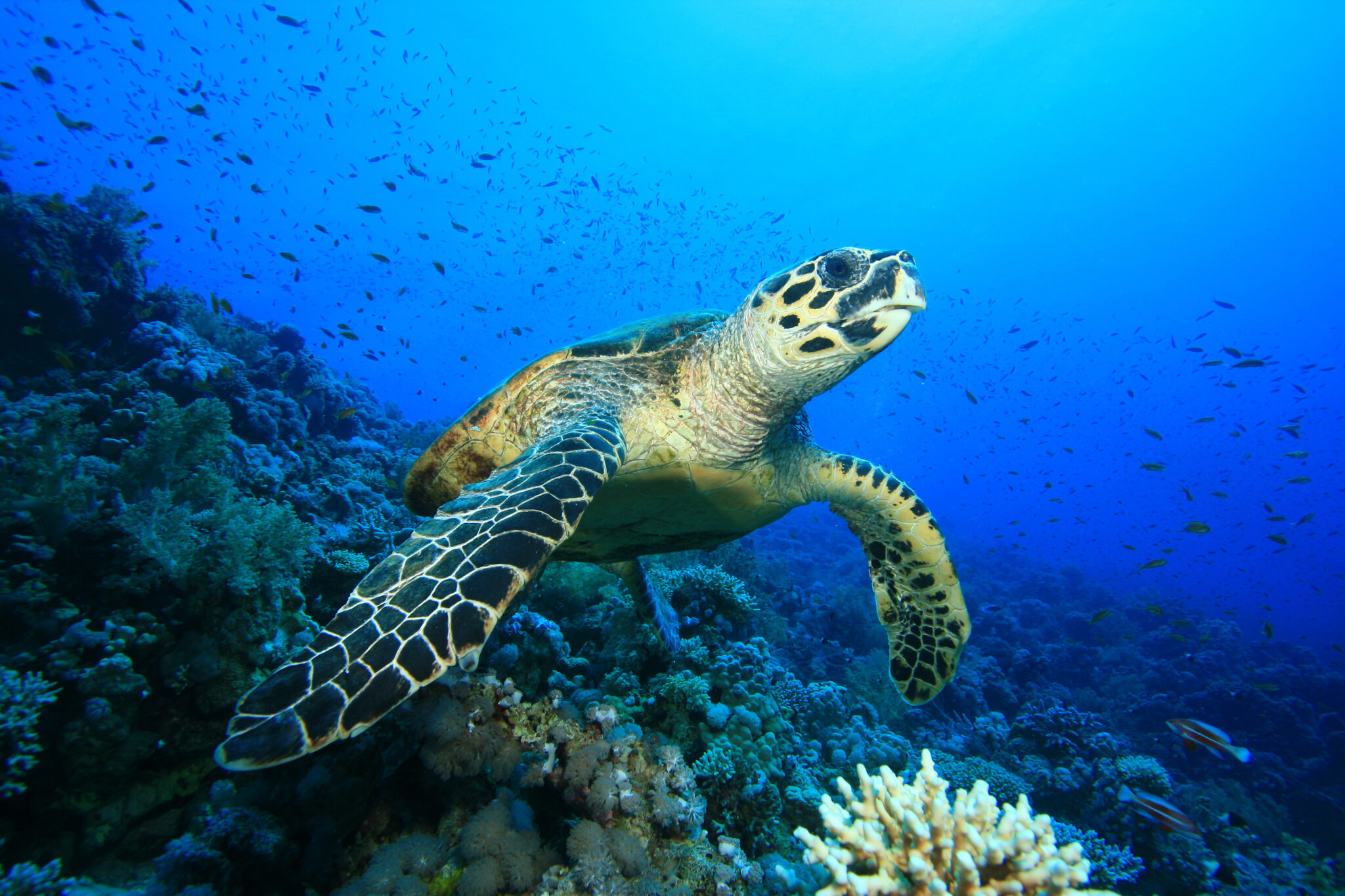
March’s Marine Life Highlight
Mozambique is a year-round megafauna hotspot, but visit in March for something special: peak nesting season for five turtle species. Hundreds of females gather on sandy beaches, each laying over 100 eggs before the hatchlings bid for freedom about two months later.
Recommended Course for March Diving
Should you wish to take advantage of those amazing liveaboard deals, it’s recommended that you’re Nitrox certified. That way, you can enjoy longer dives and shorter surface intervals. Start your PADI Enriched Air Diver course now.
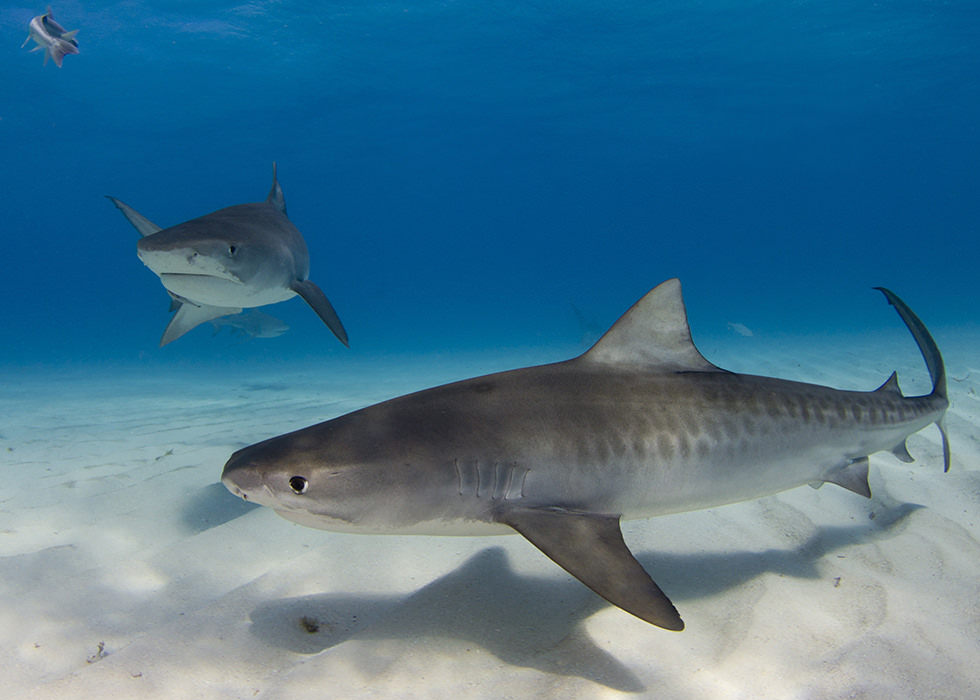
April
Spring is in the air, flowers are beginning to bloom, the clouds are starting to clear, and there’s a sense of invigoration after a long winter in the Northern Hemisphere. In the month of April, it’s no less impressive underwater, especially in regions that are coming to their peak.
The Best Diving Destinations in April
April is a great month for pelagics. Check out the Bahamas for tiger sharks or the Maldives for mantas. For whale shark encounters, the best diving locations are the Turks and Caicos Islands and Australia. Many locations in Southeast Asia offer phenomenal diving during April, such as the Philippines or Malaysia’s Sipadan Island, which experience their best conditions and marine life sightings during this month.
If you are thinking about traveling in April, plan ahead. April is one of the busiest months for travel due to Easter and Spring Breaks. If you leave booking to the last minute, availability may be limited, flight prices higher, and no great deals to be had.
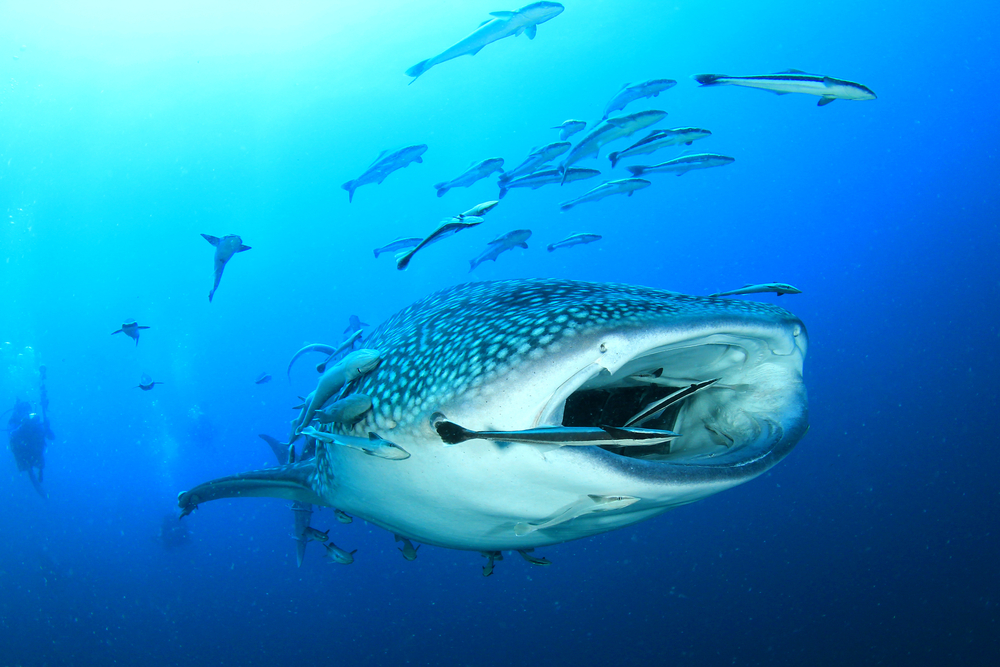
April’s Marine Life Highlight
For whale sharks, Gladden Spit in Placencia, Belize, is one of the best places to dive in April. Sightings of the gentle giants peak between March and June. This is when the eggs released during the breeding season of two fishes (mutton snappers and groupers) provide a tasty feast for passing pelagics.
Recommended Course for April Diving
For many, April will be the first time they’ve dived in a while. The PADI ReActivate scuba refresher program can help you refresh your scuba skills and enjoy your underwater vacation safely. You can also take ReActivate online with PADI eLearning!
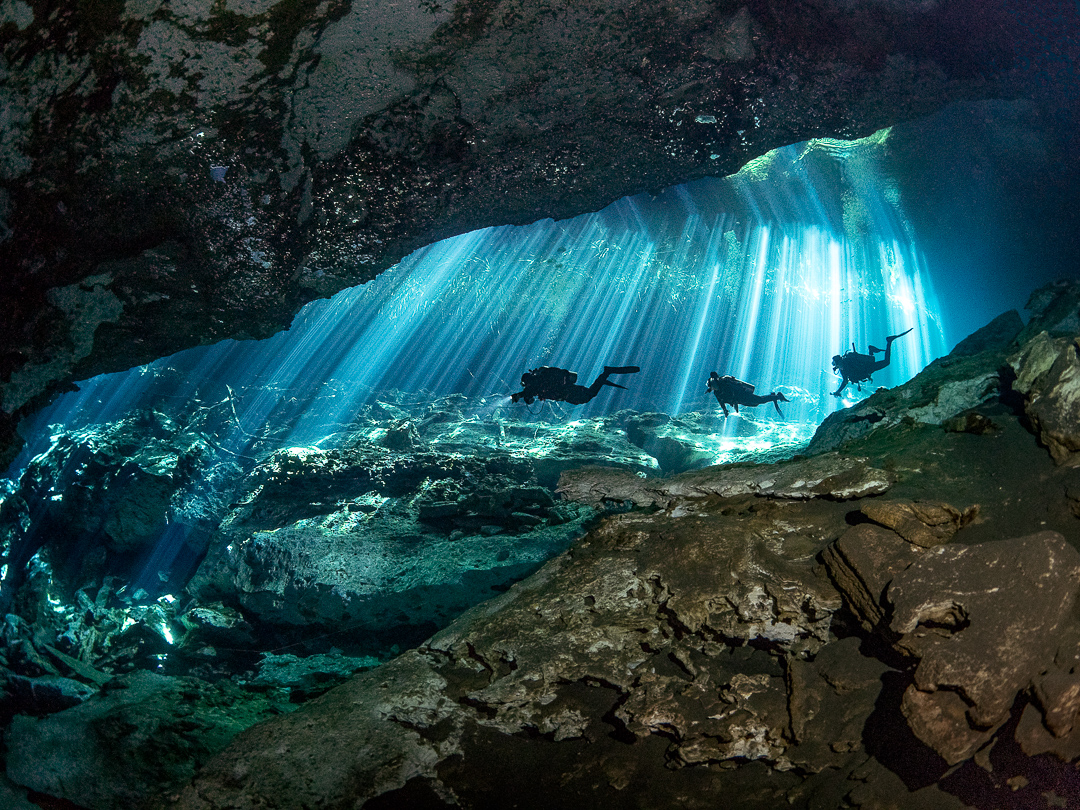
May
If you’re wondering where to dive in May, there is no shortage of incredible options.
The Best Diving Destinations in May
From dwarf minke whales and whale sharks in Australia to uncrowded dive sites in the Komodo Marine Park (Indonesia), great diving can be found worldwide at this time of year.
If you are thinking about a liveaboard vacation, then May is the best time for pelagic encounters. In the Galapagos Islands, whale shark season is just beginning, and it’s still early enough to enjoy calm conditions. Meanwhile, the shift to the Southwest Monsoon brings high concentrations of manta rays to the Maldives.
If cavern diving is something you are hoping to tick off your bucket list, the Cenotes in Mexico have the best visibility during the year’s fifth month. May also offers the best weather in the Tuamotu Archipelago and French Polynesia.
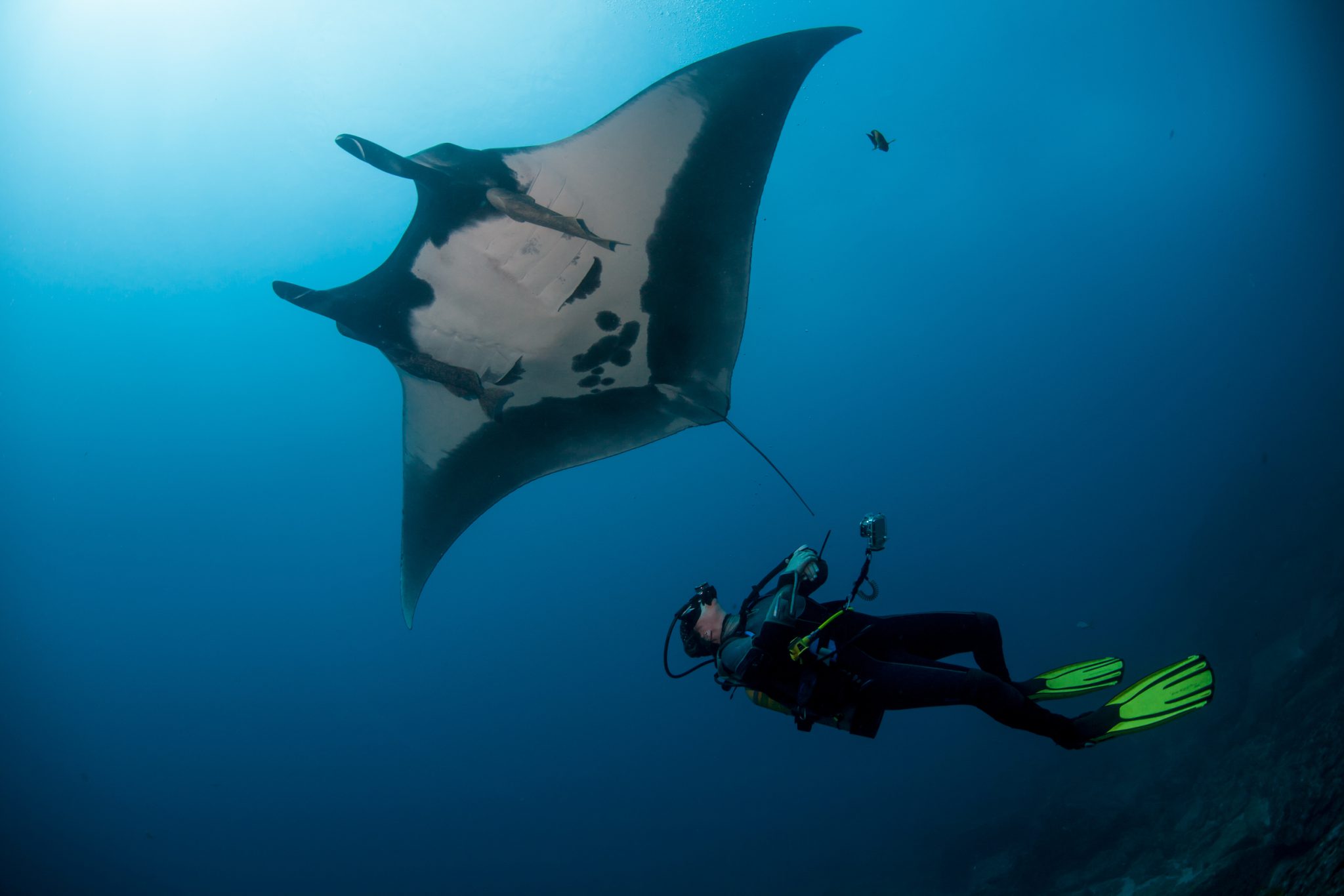
May’s Marine Life Highlight
May is technically the end of liveaboard season in Socorro, Mexico. However, with summer on the horizon and water temperature increasing, it also offers the best chance to see giant oceanic manta rays congregate with sharks around this remote volcanic paradise.
Recommended Course for May Diving
However, it should be noted that many of these best diving destinations for May require a hefty amount of drift diving. Why not prepare in advance by taking the PADI Drift Diver course? Not only will you have more comfortable dives, but you’ll also have more confidence!
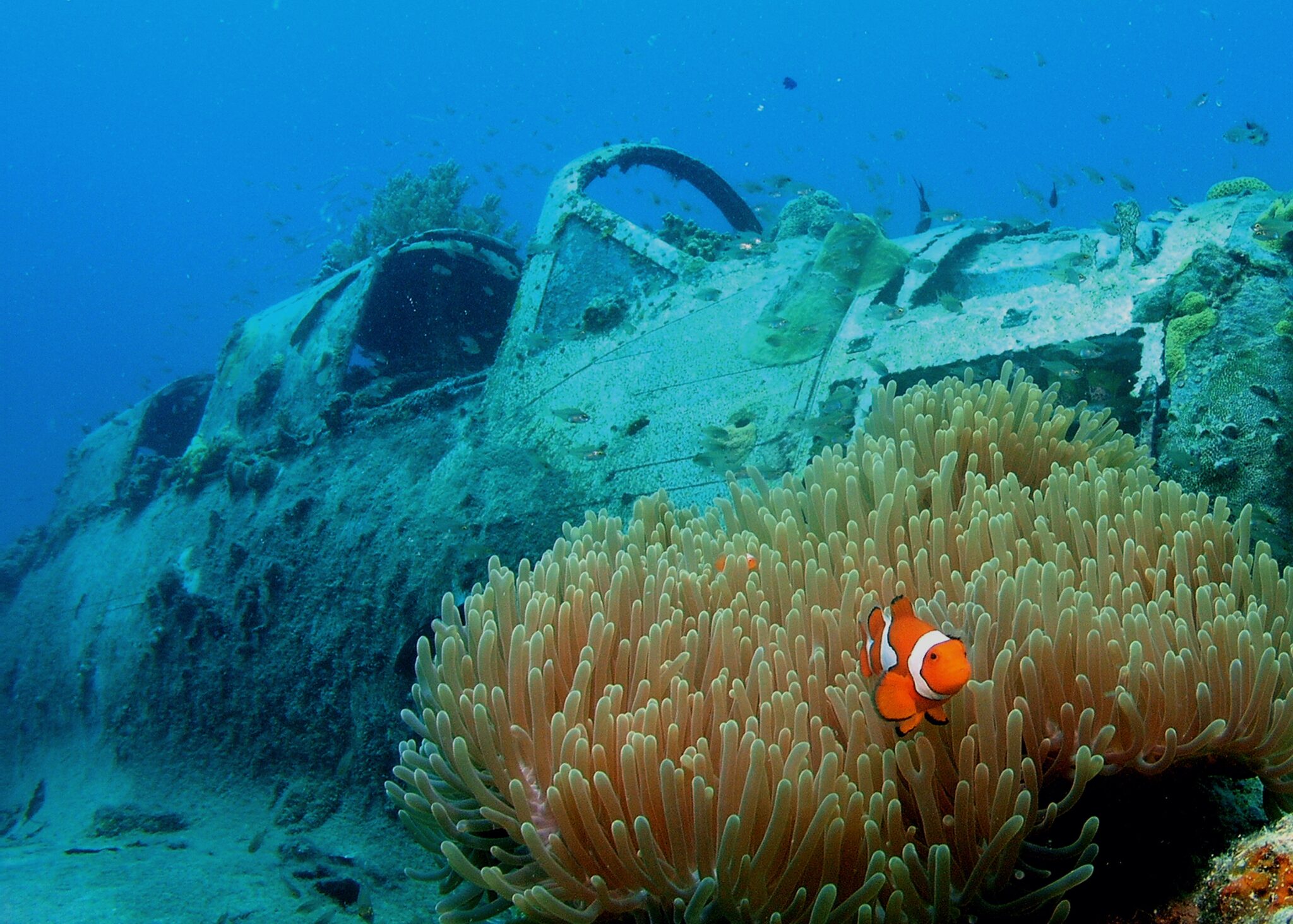
June
For an unforgettable scuba trip in June, consider a destination filled with whale sharks and humpback whales, or explore some of the world’s best wreck diving.
The Best Diving Destinations in June
If you’re planning a diving vacation in June and want to dive with manta rays, then Hanifaru Bay in the Baa Atoll of the Maldives is incredible at this time of year. Due to the Southwest Monsoon, there is super-plankton-rich water that attracts filter feeders, including manta rays and whale sharks.
If you’re seeking a world-class wreck diving destination, the season in Bikini Atoll runs from May to September and is at its peak in June. There are dozens of wrecks, including the famous USS Saratoga.
Papua New Guinea and the Bismarck Sea are also at their prime in June. Likewise, if you head to the Galapagos Islands, you’ll encounter humpback whales and whale sharks.

June’s Marine Life Highlight
Also hot in June is the famous Sardine Run in South Africa that takes place during a small window from May to July. This annual phenomenon attracts pelagic lovers and adrenaline-loving divers from around the world! Be warned, though. Places fill up fast, so be sure to book well in advance.
Recommended Course for June Diving
Boat diving is the name of the game in most of the best diving destinations for June, so check out the PADI Boat Diver certification to learn boat diving etiquette, terminology, and important do’s and don’ts.
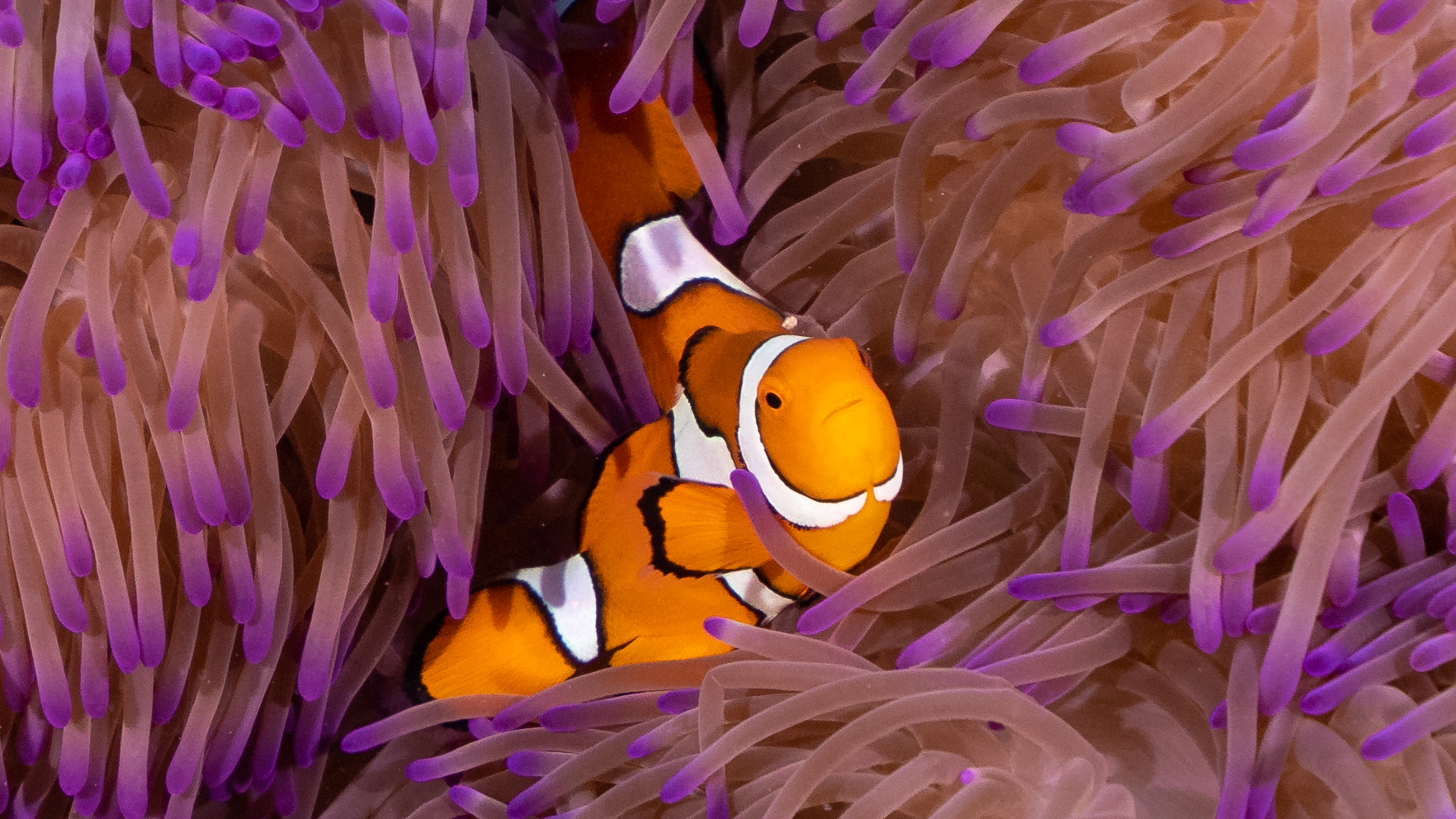
July
If you’re planning a trip, there’s really no wrong choice when deciding between the best places to dive in July.
The Best Diving Destinations in July
Australia is well known for its fantastic year-round diving. However, from June to November, it experiences winter and slightly cooler temperatures on the Great Barrier Reef that attract manta rays, whale sharks, and minke whales.
Other destinations offering marine megafauna in July are Cocos Island and Vanuatu. Cocos Island (in Costa Rica) has plankton blooms from June to December which attracts schooling hammerhead sharks. Meanwhile, it’s peak season in Vanuatu, one of the best diving sites in the world for dugongs.
In July, the Komodo UNESCO World Heritage Site in Indonesia has cooler water temperatures resulting in phenomenal visibility, manta rays, sharks, and an abundance and diversity of marine life. Sipadan in Malaysia is also enjoying its best conditions at this time of year, along with the Mediterranean waters of Italy.
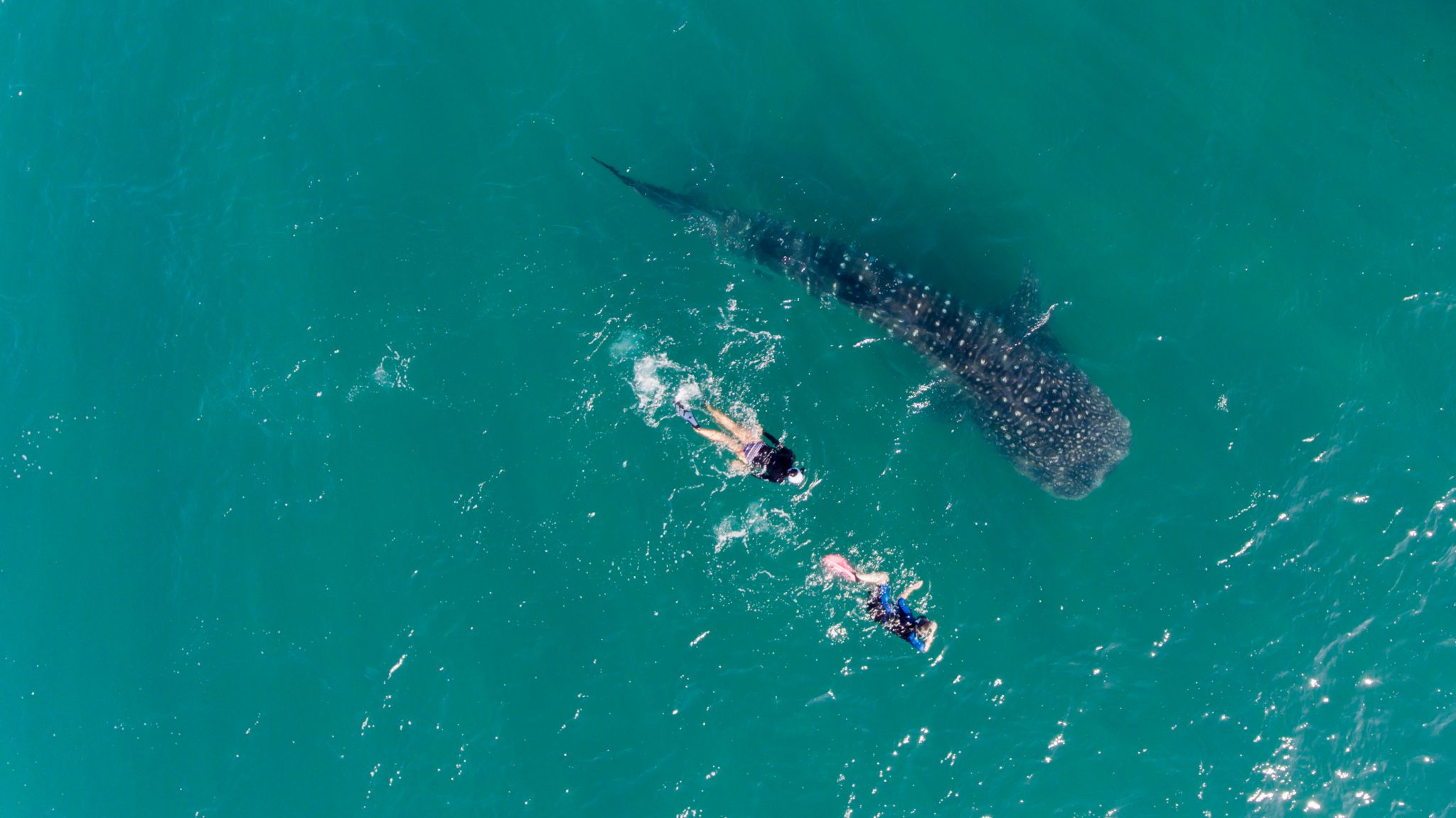
July’s Marine Life Highlight
One of the best whale shark snorkeling experiences can be found in July at Isla Mujeres, Mexico. This is where the Gulf of Mexico meets the Caribbean, and it’s known for mass whale shark congregations. Nearby Cancun offers plenty of incredible diving, too!
Recommended Course for July Diving
Before you book your trip, though, think about your buoyancy. This will ensure you don’t damage the gorgeous coral reefs of Australia or scare away the marine life in Indonesia, Mexico, or Costa Rica. Take the PADI Peak Performance Buoyancy course and fine-tune your hovering and finning skills before you leave.
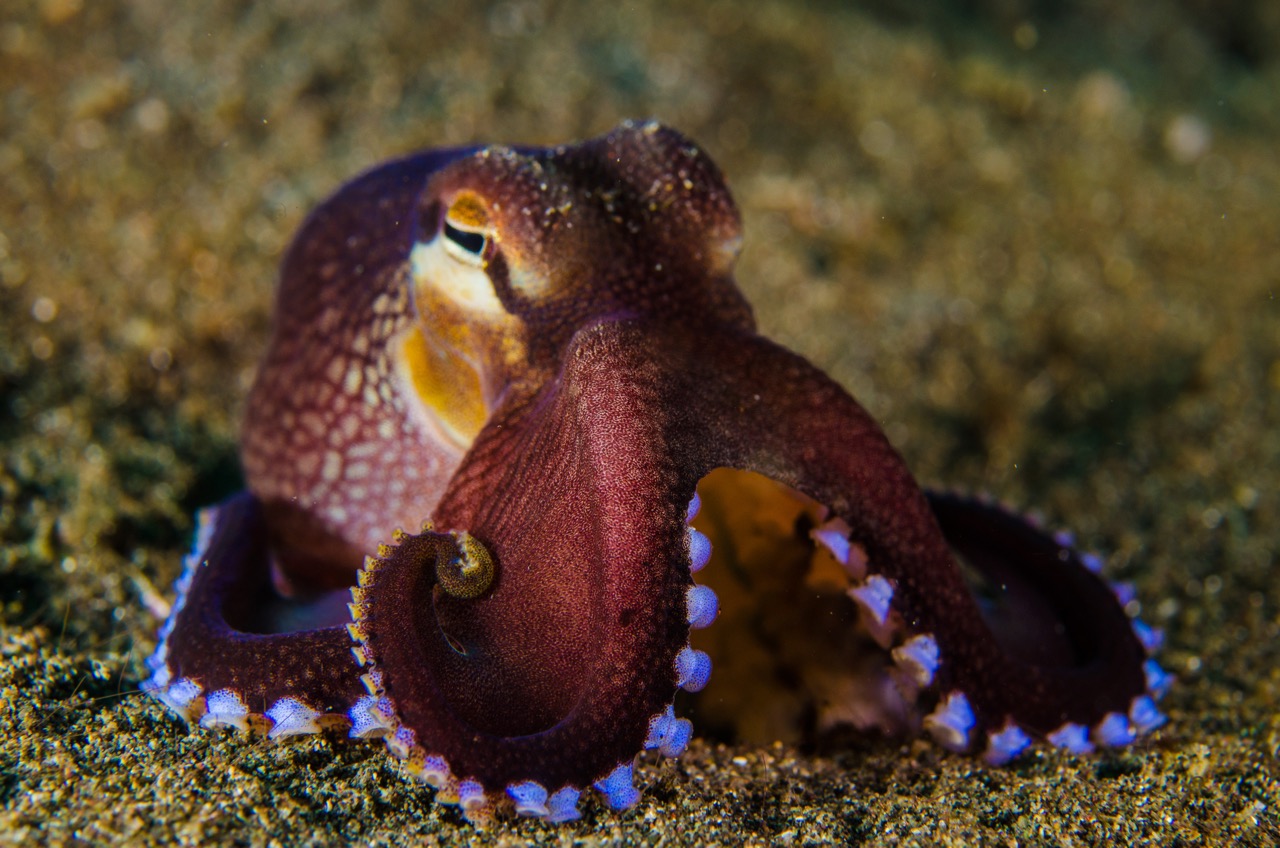
August
August is packed with some awesome diving opportunities for thrill seekers.
The Best Diving Destinations in August
Pelagic action runs high during the eighth month, with hammerheads schooling around Cocos Island in Costa Rica. Both The Azores and Madagascar are also hotspots for cetacean sightings. August promises phenomenal drift diving and the mola mola season around Nusa Penida in Bali, Indonesia, as well as around the Galapagos Islands in Ecuador.
For those who want to experience macro diversity in August, head to North Sulawesi (also in Indonesia), where you can enjoy the world’s best muck diving and underwater photography in the Lembeh Strait before heading to Bangka Island for pinnacles and reefs, followed by the epic wall dive sites of the Bunaken Marine Park. Three destinations in one trip!
August’s weather is at its best in many destinations. The uncrowded paradise of the Solomon Islands is particularly balmy, while the peak of summertime in Europe provides a sunny backdrop for exploring Malta‘s many wrecks and sea caves. Fiji offers some of the world’s best coral reefs, and during the eighth month, the visibility is stellar. Travel at this time of year to see the reefs in all of their magnificent glory.
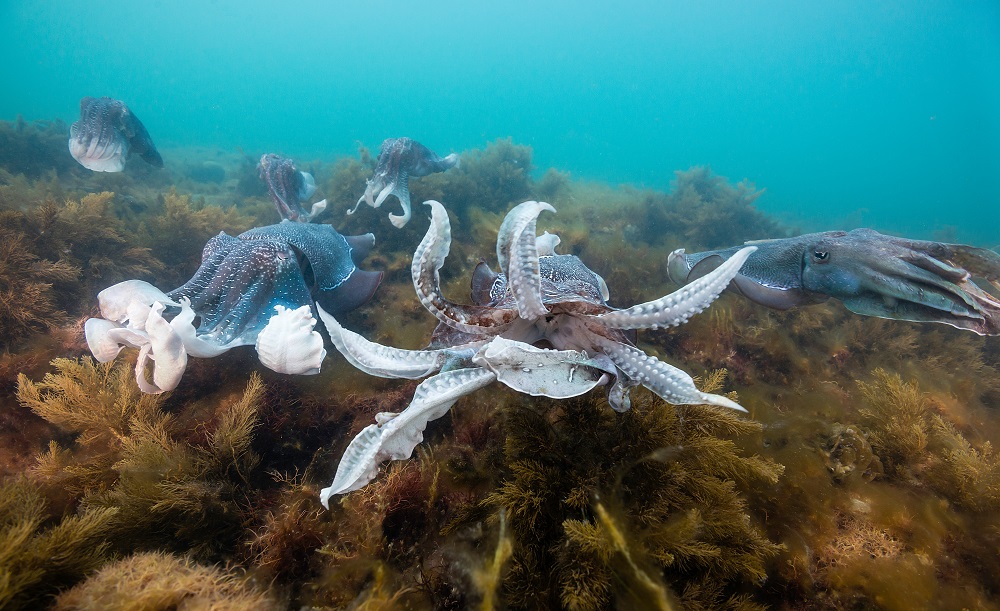
August’s Marine Life Highlight
South Australia is usually famed for leafy seadragons. However, travel to Whyalla in August to witness a natural spectacle like no other. Thousands of migrating Australian giant cuttlefish come together to mate in a kaleidoscopic courtship display. This is one not to miss!
Recommended Course for August Diving
And make sure you’re ready to take advantage of all those fantastic mega and macro sightings by getting your PADI Digital Underwater Photographer certification before departure. You wouldn’t want to miss out on any amazing shots!
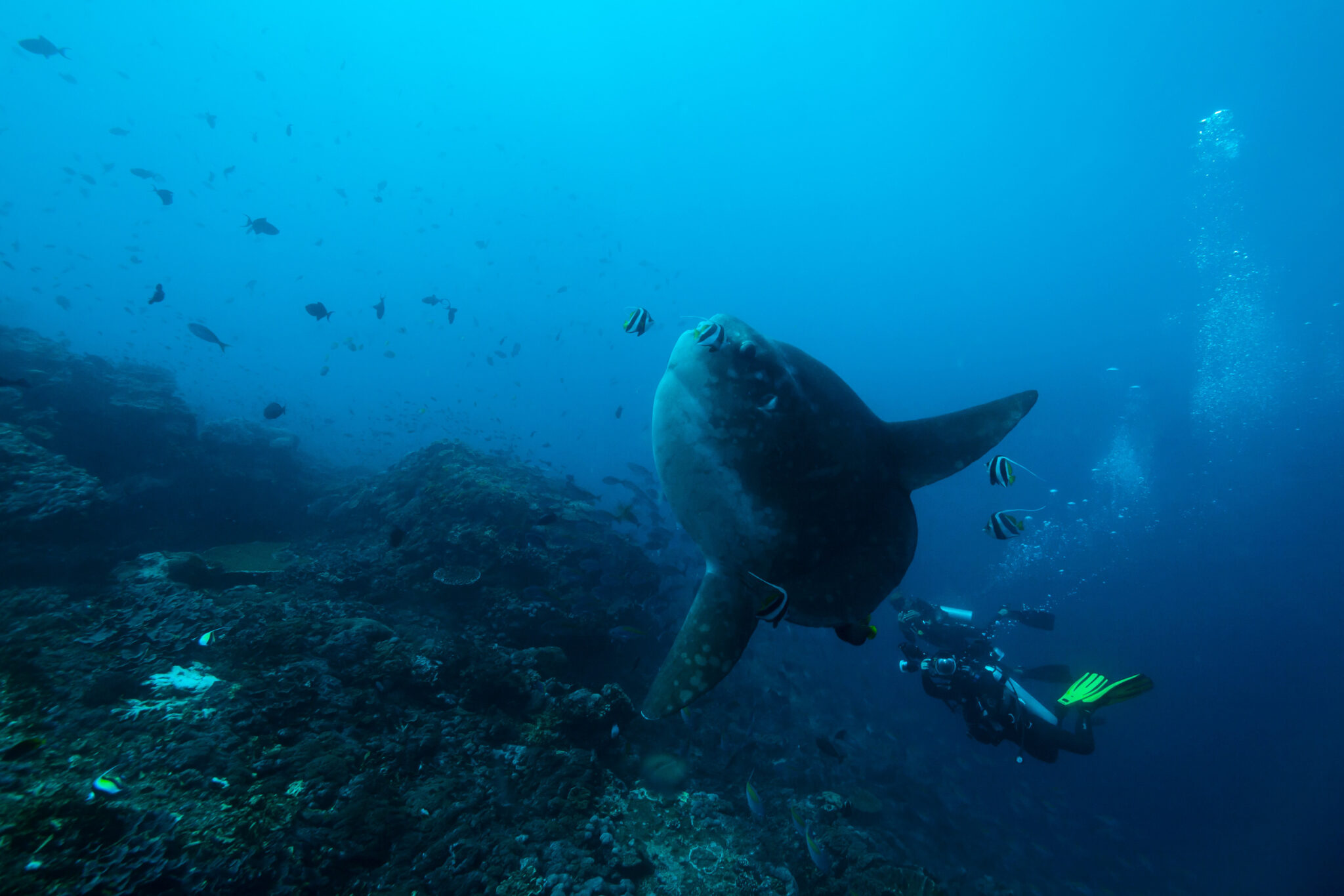
September
September is a shoulder season month for many destinations around the world. As mentioned above, shoulder seasons mark the transition from peak season to low season or vice versa.
The Best Diving Destinations in September
When considering dive travel during September, Egypt cannot be overlooked. It offers calm sea conditions, abundant marine life, and is the best time to spot thresher sharks in the Red Sea. If you hope to see manta rays, September is also the best month for sightings in Fiji.
For big fish aficionados, the Galapagos Islands offers whale sharks, penguins, and mola mola. Be prepared, though, as sea temperatures are markedly cooler at 19-23°C (66-73°F) with frequent thermoclines. Alternatively, for warmer whale shark encounters, head to Cenderawasih Bay, one of the best diving destinations in Indonesia.
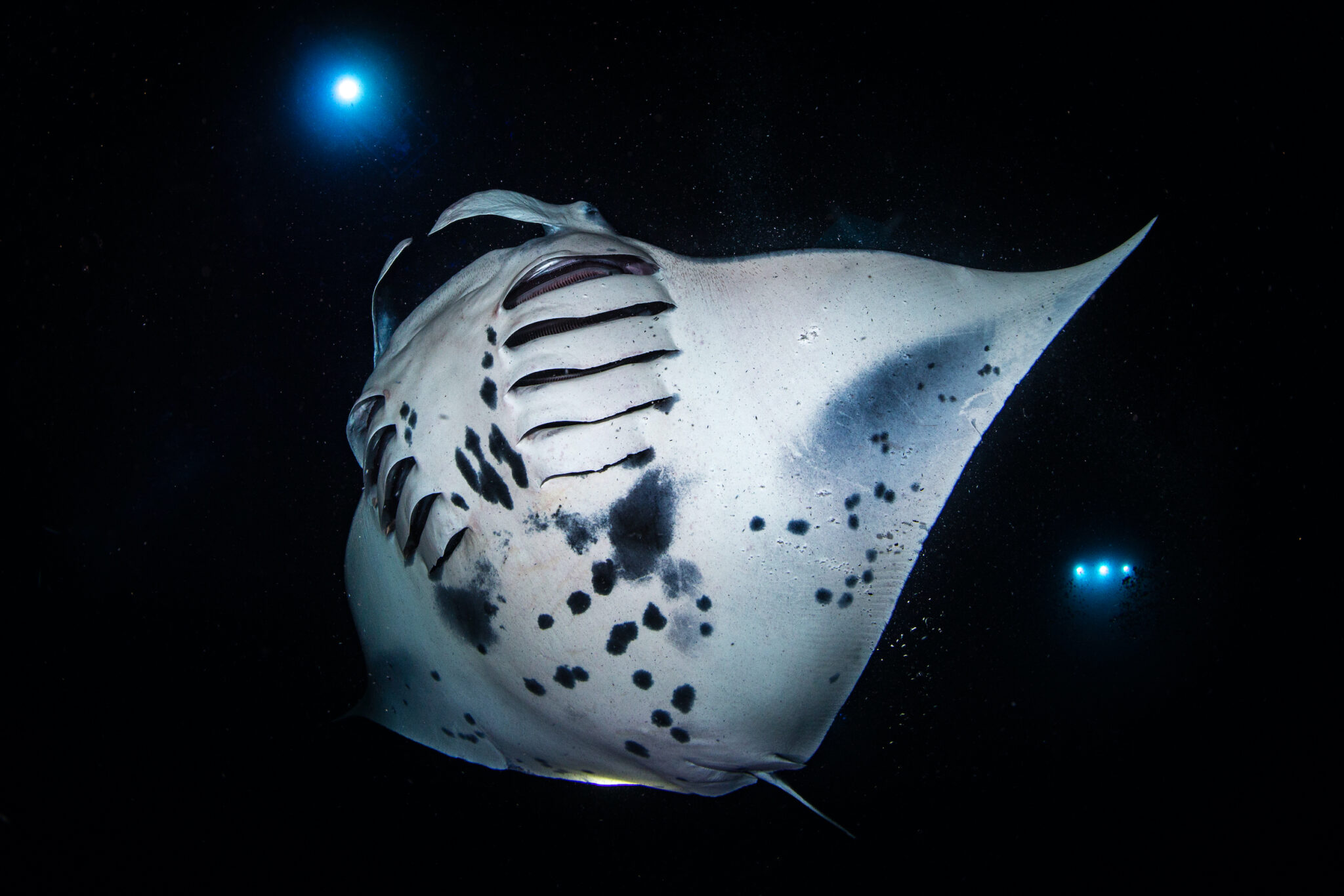
September’s Marine Life Highlight
Planning to explore within the USA? Hawaii has a world-famous nightly symphony of manta rays that dance between divers in a magical underwater ballet performance — all natural, of course. The calmer conditions during peak season make September the best time to get your ticket.
Recommended Course for September Diving
The PADI Night Diver course can increase your opportunity to get in the water and enjoy the best night diving destinations in September. You’ll definitely want this certification if you plan a trip to Hawaii. The night diver certification is also essential for safe diving after dark in destinations around the world.
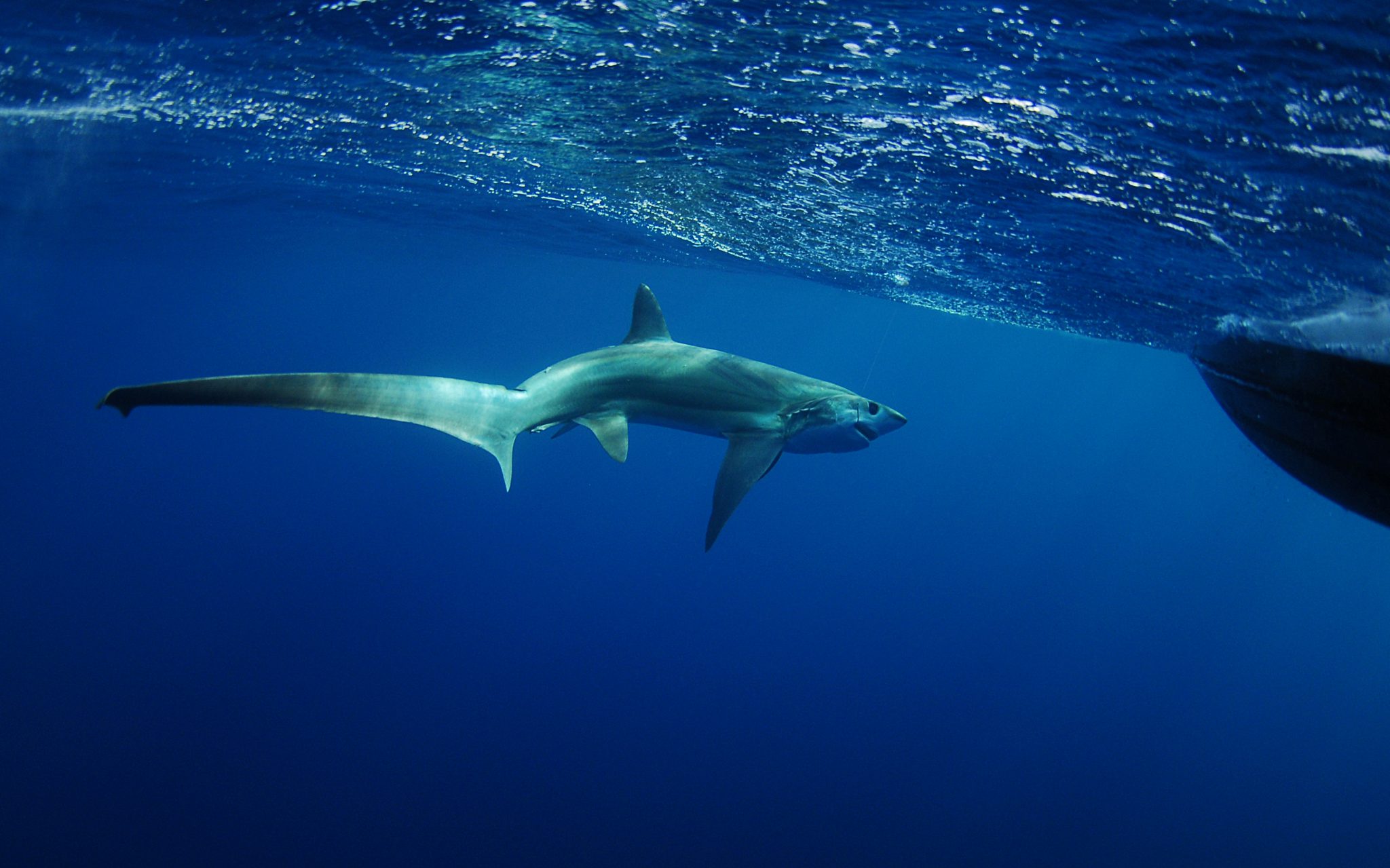
October
October is a month of opportunities for scuba divers all around the globe.
The Best Diving Destinations in October
At this time of year, you can swim with hundreds of manta rays in the Maldives. It’s the start of manta season in Papua New Guinea, too, where warm, clear waters meet with uncrowded reefs.
During October, you can get up close with sharks in the Seychelles, Philippines, or Sudan. It’s also one of the best months for spotting whale sharks in Omani waters. In Bali, Indonesia, migratory sharks such as tiger sharks and thresher sharks are more likely to be seen at this time of year.
There’s also great muck and wreck diving in Bonaire (one of the best dive destinations for beginners) and playful sea lions to be found in Mexico.
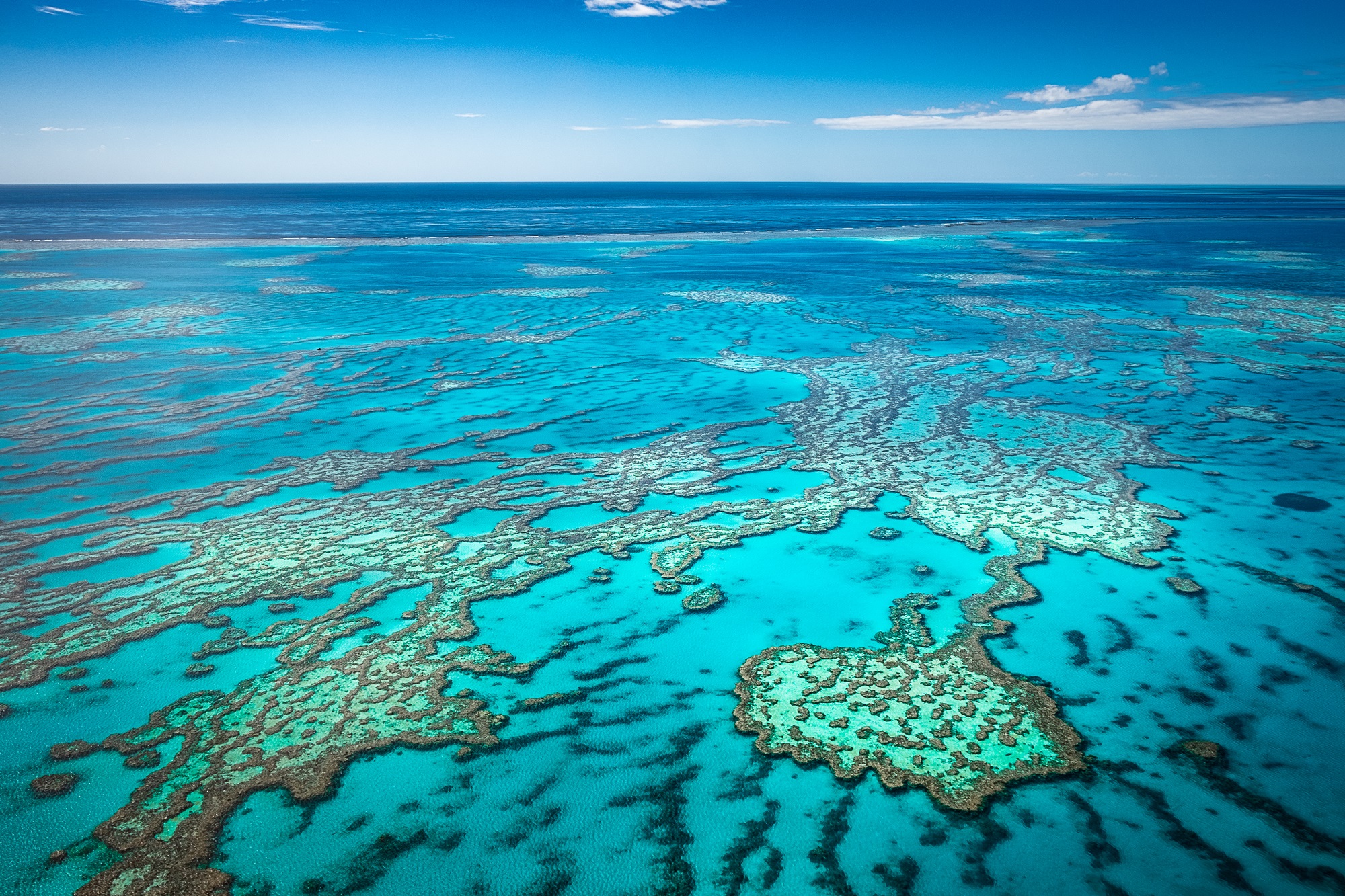
October’s Marine Life Highlight
If you are heading down under, you’ll be able to witness the incredible phenomenon of coral spawning on the inshore reefs of the Great Barrier Reef. The inshore reefs usually start spawning between one and six nights after the first full moon in October. This is a rare and magical event to witness — not to be missed!
Recommended Course for October Diving
Before heading out on any self-guided dives in Bonaire or Australia, you’ll want to complete the PADI Underwater Navigator course. That way, you won’t get lost in unfamiliar surroundings. Your dive buddies will appreciate the fact you can navigate like a pro, and you’ll have extra confidence.
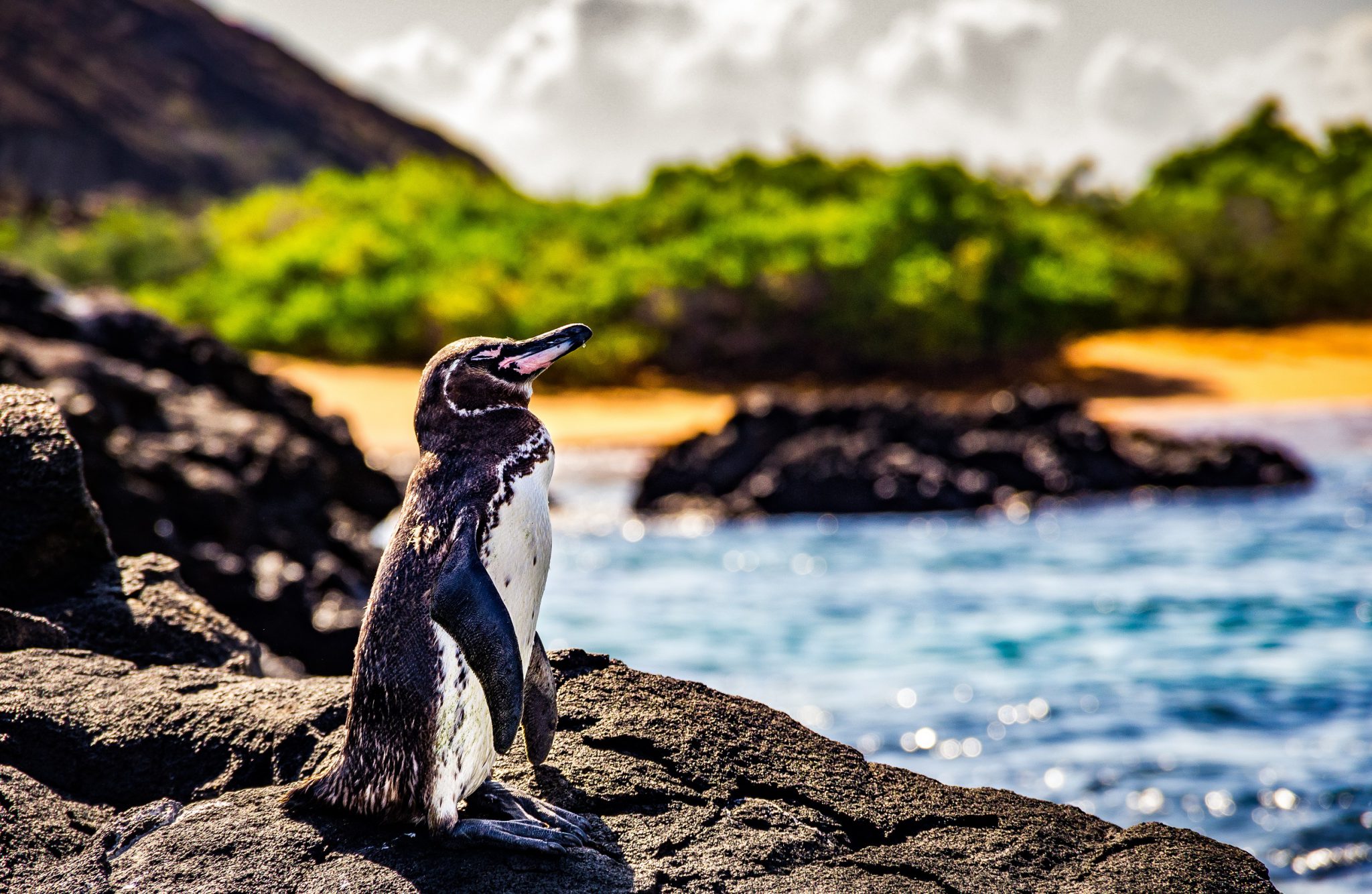
November
Many equatorial destinations are entering peak seasons and offering the most favorable dive conditions during November.
The Best Diving Destinations in November
In particular, islands in western Thailand (including the Similan Islands) and the Red Sea are in their prime months. November is also midway into Palau’s peak season, which offers shark diving, wrecks, and world-class soft coral reefs. Heavy currents draw in pelagic species such as manta rays, reef sharks, and sea turtles. The diving season in Raja Ampat, Indonesia, lasts from October to April. November has fewer rain showers and relatively smooth seas for great diving. Primarily dived by liveaboard, this means comfortable sailing as well as epic diving!
If you visit Ecuador this month, there is a chance to see whale sharks and mola mola in the waters of the Galapagos. Penguins and sea lions are also more active at this time due to colder sea temperatures. There are also pelagics aplenty at Cocos Island, Costa Rica.
Is Hawaii calling you? If so, November is an impressive month to visit. In addition to humpback whales, November’s plankton-rich water attracts an array of large marine life, including whale sharks, sea turtles, sharks, and stingrays. Plus, the manta ray night dive is one of the most magnificent manta ray experiences to be found in the world.
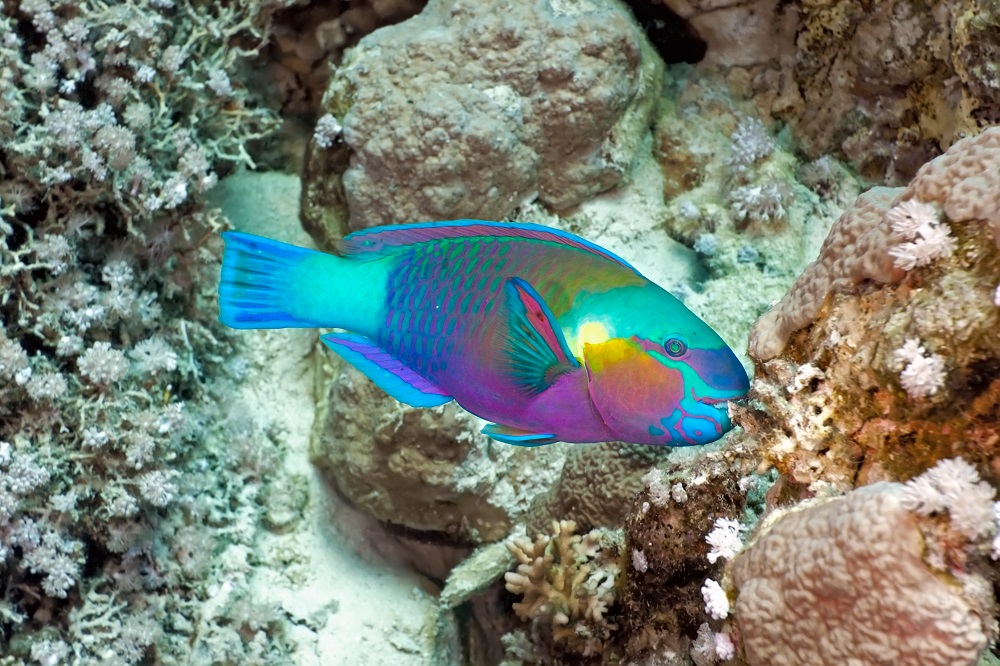
November’s Marine Life Highlight
Palau is diveable year-round, but November is its peak season. It’s during this time that you’ll be able to see parrotfish spawning for a few weeks of the month. Some liveaboards even run special trips to help divers observe this natural occurrence.
Recommended Course for November Diving
As many of the best scuba diving destinations for November lend themselves to liveaboard diving, we recommend enrolling in the PADI Equipment Specialist course before your trip. That way, should your scuba equipment need a basic repair, your dream vacation won’t be entirely derailed.
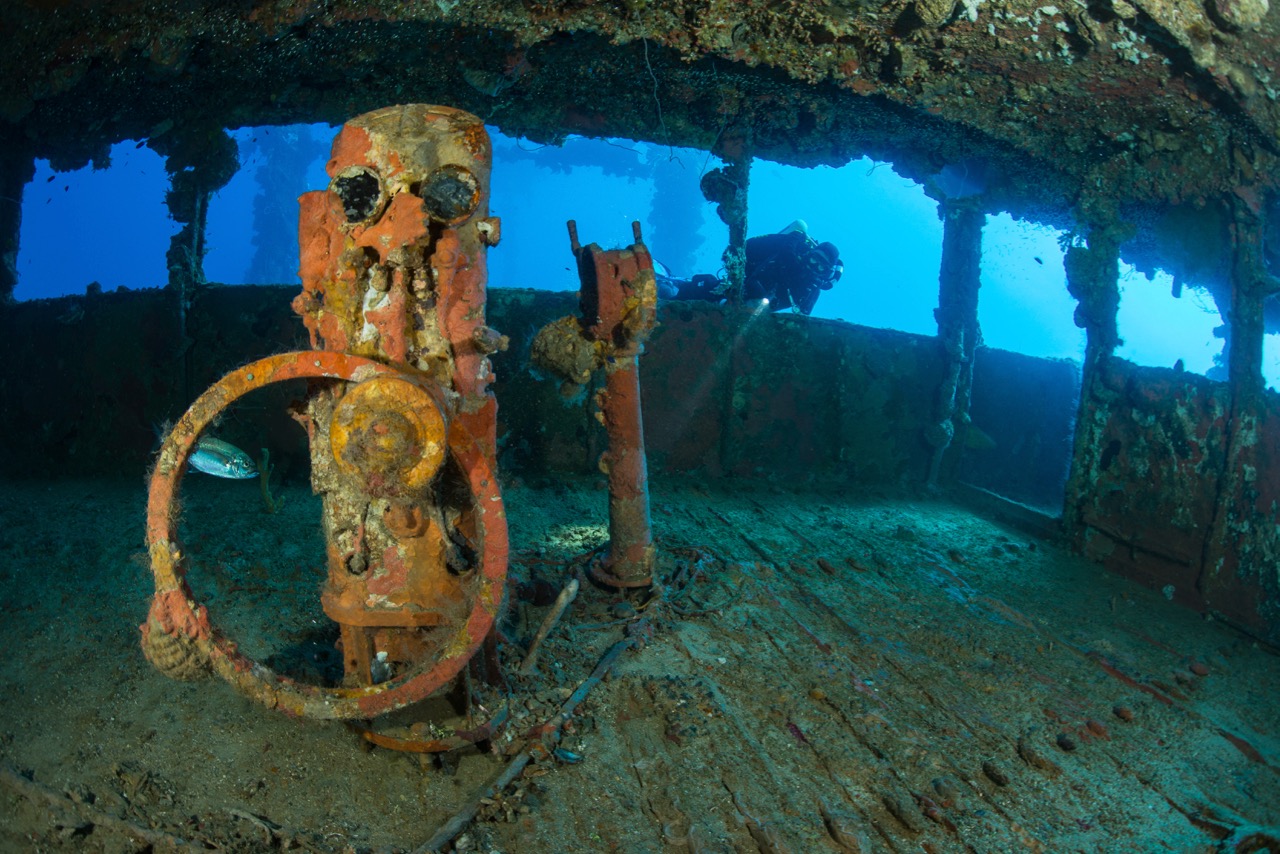
December
For those living in the Northern Hemisphere, December often brings freezing temperatures. And let’s not forget the hail, snow, and long hours of darkness. However, things are starting to heat up in other parts of the world!
The Best Diving Destinations in December
The southern atolls of the Maldives and the Red Sea in Egypt offer fantastic shipwreck and shark diving during December. Wreck diving in Chuuk Lagoon must also be mentioned on your list of potential tropical getaway destinations.
If you prefer to head off the beaten track, topping a liveaboard in Myanmar during December is hard. Burma Banks and the Mergui Archipelago offer a glimpse of unspoiled reefs. This region is also home to schools of devil rays, nurse sharks, occasional whale sharks, and manta rays. There is also impressive macro life, including frogfish and a host of crustaceans, cephalopods, and nudibranchs.
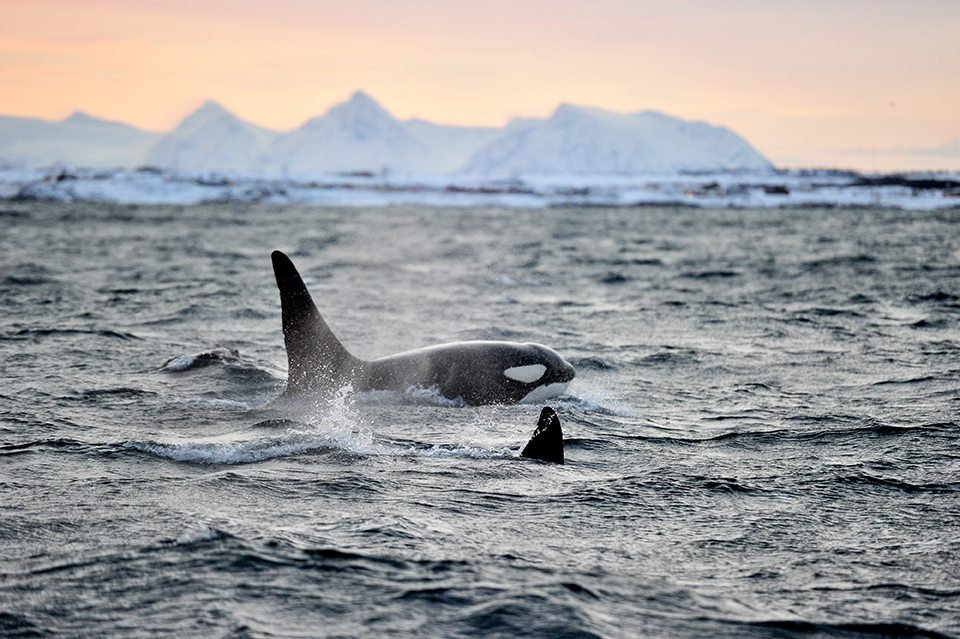
December’s Marine Life Highlight
For those who prefer to embrace the cold, why not explore thousands of islands, deep fjords, wrecks, and abundant marine life in Norway. December is the month that brings in pods of orcas and humpback whales that patrol the coastline. Bonus points if you also witness the Northern Lights!
Recommended Course for December Diving
If you plan to use December to explore one of these amazing wreck diving destinations, consider using your vacation to complete the PADI Wreck Diver certification. You’ll learn how to safely approach a wreck, navigate it, and even try penetration techniques.
Discover the World’s Best Dive Destinations With PADI Travel
All you have to do now is decide when to travel and where to go! The world’s best diving destinations are ready for you to explore at any time — why not check out the PADI Adventures App for more inspiration? Or, for advice on choosing the best places to dive by month, get in touch with our experts at PADI Travel. The team is available 24/7 by phone, email, and chat to help you book your dream vacation.

